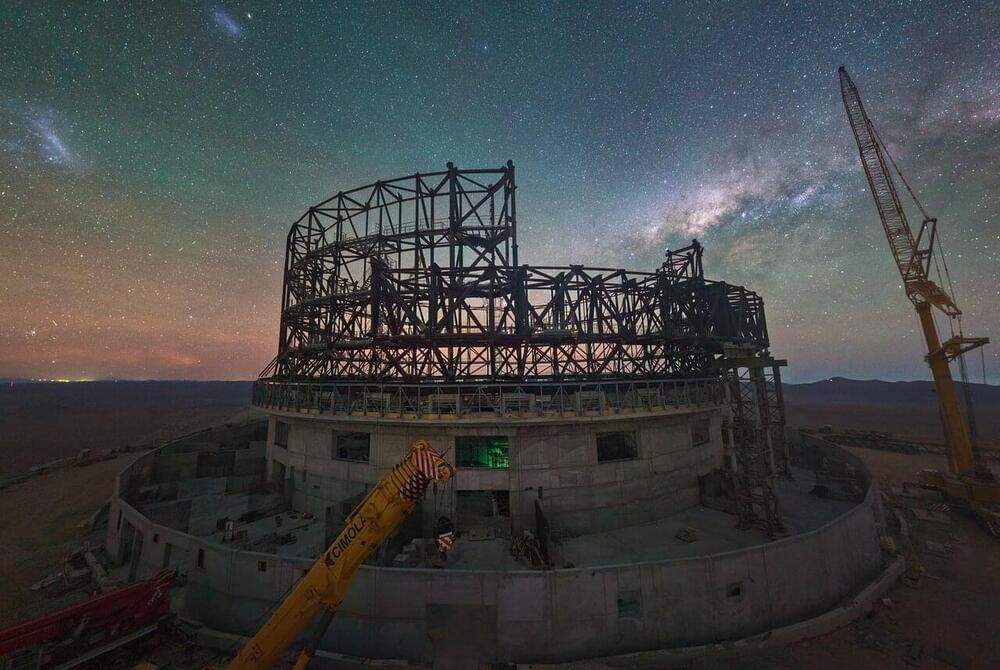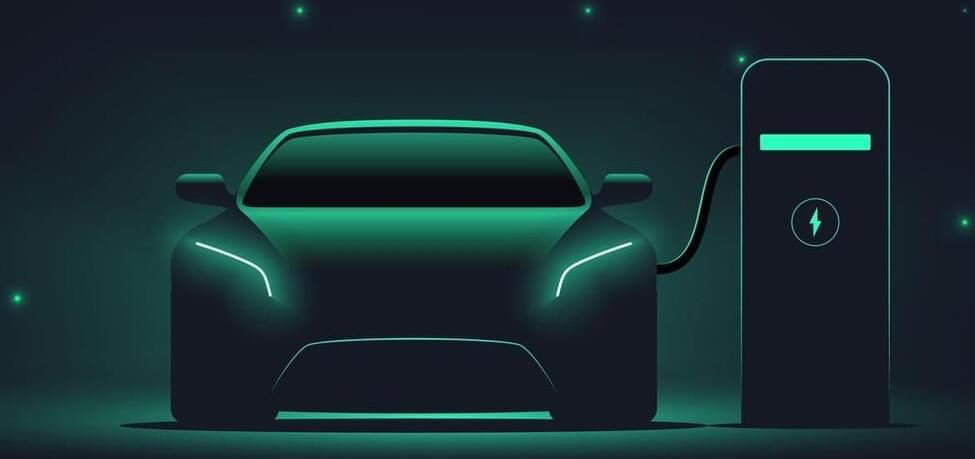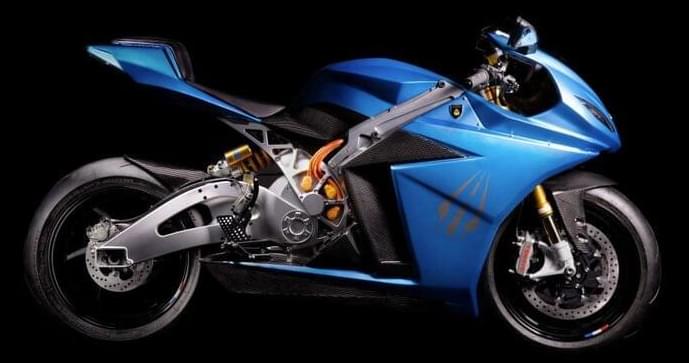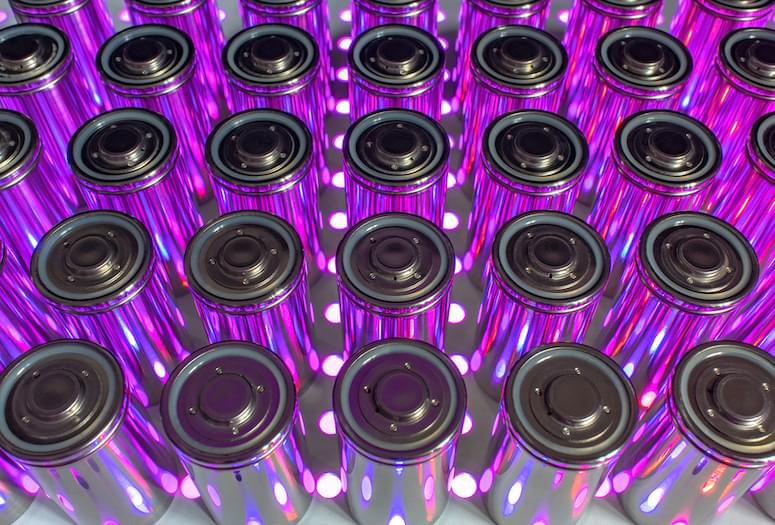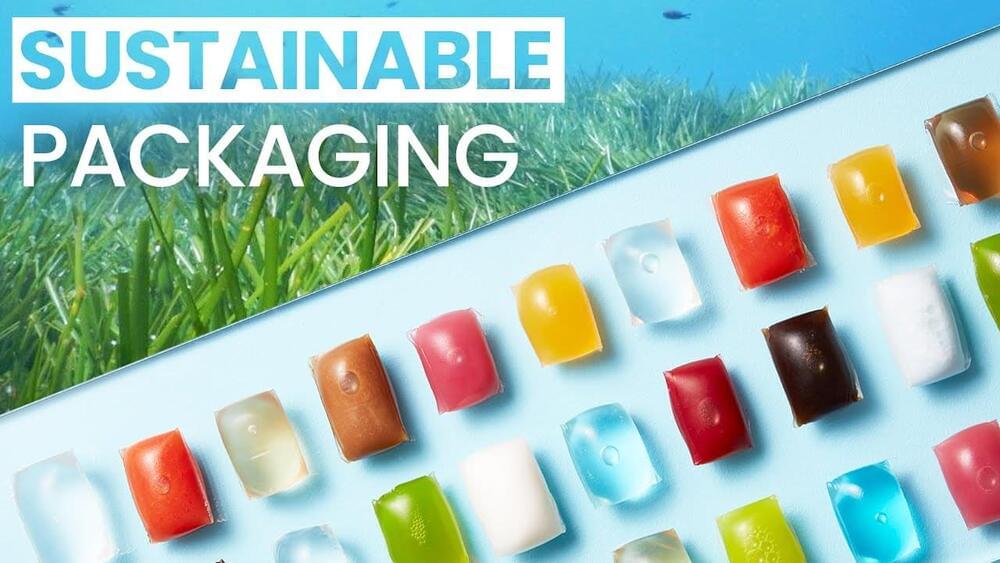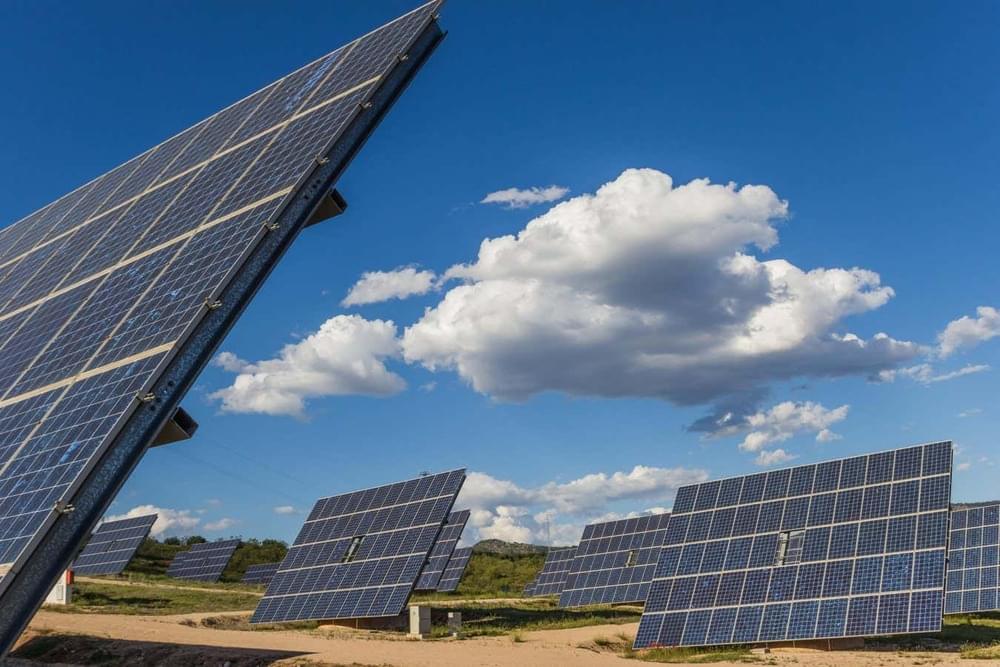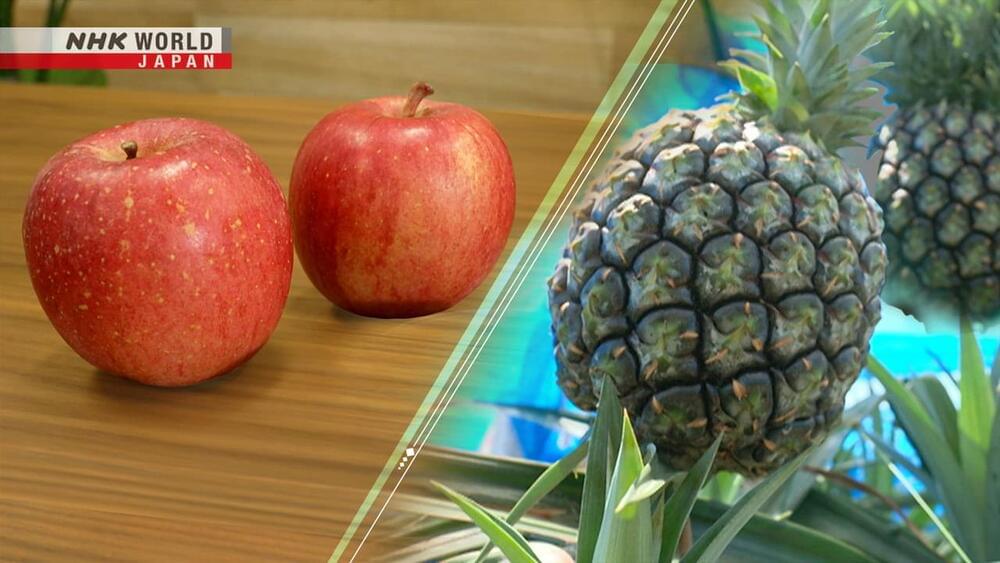Jul 12, 2023
The Biggest Telescope in the World is Half Built
Posted by Arthur Brown in categories: space, sustainability
The European Southern Observatory continues to build the largest telescope in the world, the Extremely Large Telescope (ELT). Construction of the telescope began in 2014 with flattening the top of a mountain named Cerro Armazones in Chile’s Atacama Desert.
ESO just announced that progress on construction has crossed the 50% mark. The remaining work should take another five years. When it finally comes online in 2028, the telescope will have a 39-meter (128 ft) primary mirror of 798 hexagonal segments, making it the largest telescope in the world for visible and infrared light. The new telescope should help to answer some of the outstanding questions about our Universe, such as how the first stars and galaxies formed, and perhaps even be able to take direct images of extrasolar planets.
Continue reading “The Biggest Telescope in the World is Half Built” »
